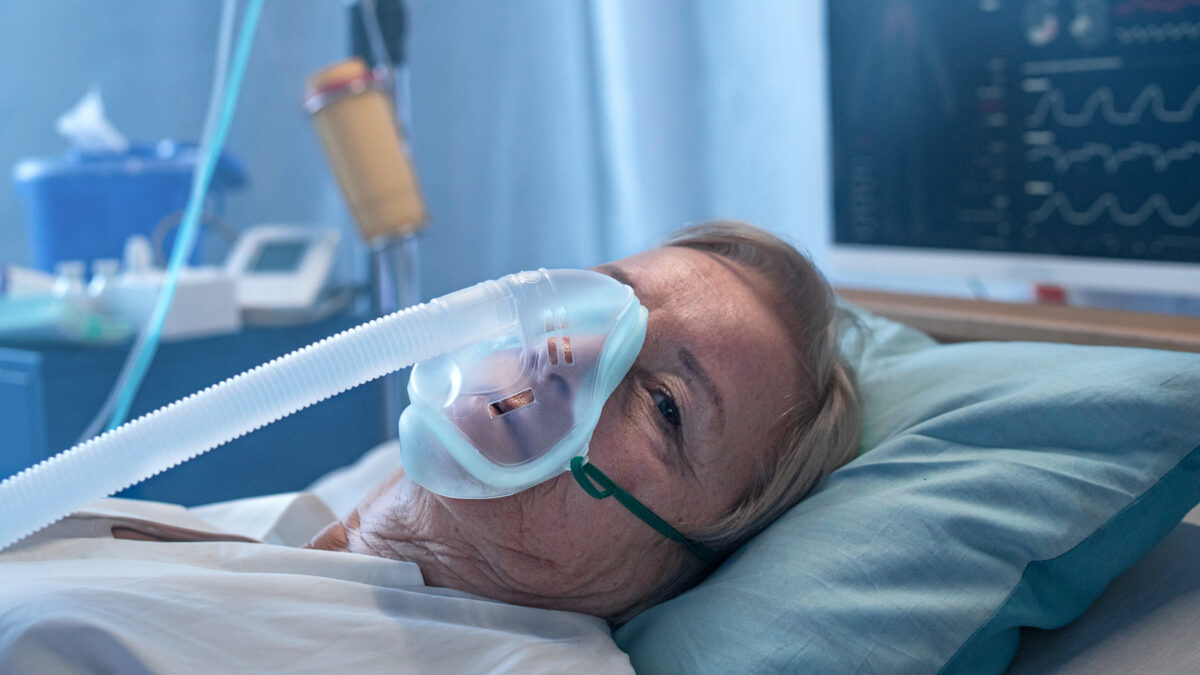Plumes of dust, laced with lead, blow across the factory like a sandstorm. The poison hangs so thick in the air, sometimes the only thing visible is the warm, orange glow from the furnace.
Workers, hundreds of them, sweat through 12-hour shifts at Gopher Resource in Tampa. They extract lead from used car batteries, melt it down and turn it into blocks of metal to resell.
Eric Autery, 43, came to the plant in the summer of 2017 looking for a fresh start. An Army vet from Virginia, he dodged bullets and mine explosions in Afghanistan and Iraq but faced new dangers inside Florida’s lone lead smelter.
He worked in the furnace department, skimming impurities off the top of gleaming, molten lead. He moved fast in suffocating heat against a steady mist of fumes. He’d feel his respirator slide on his face, the seal separating from his pooling sweat. He’d smell the metallic stench, like old coins, creeping in.
His complexion turned gray. His body felt heavy. His head pounded.
The level of lead in his blood shot up weeks after he started. Co-workers and supervisors told him he needed to wash better before breaks, or after his shift.
But the poison was bound to enter his body. The amount of lead in the air was seven times what Autery’s company-issued respirator could handle.
Autery is among hundreds of workers at Gopher who have been exposed to extreme amounts of lead.

